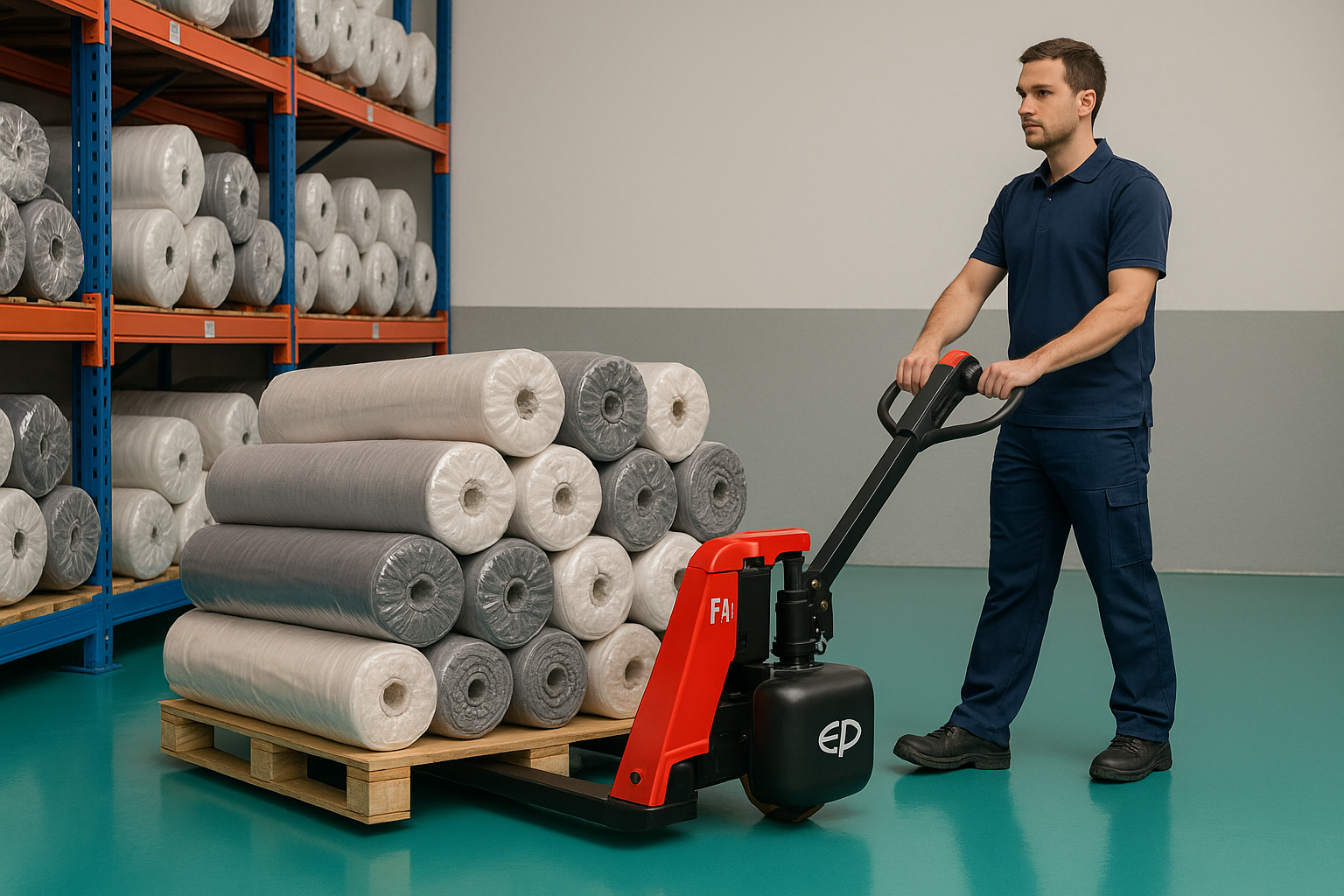What is Epoxy Floor Coating?
Epoxy floor coating is a type of industrial flooring created from a mixture of epoxy resin and hardener. When these two components are combined, they undergo a chemical reaction that forms a hard, durable, wear-resistant, chemical-resistant, waterproof, and easy-to-clean coating layer.
🔧 Basic Structure of Epoxy Floor Coating
-
Concrete base: The original floor surface, usually new concrete or pre-treated.
-
Epoxy primer: Enhances adhesion between the concrete and the coating layer.
-
Epoxy topcoat (1 or 2 layers): The final finish layer, determining the color, gloss, and functional features of the floor.
✅ Advantages of Epoxy Coating
-
Dustproof, waterproof, and easy to clean.
-
High load capacity: Suitable for factories, warehouses, garages, hospitals, cleanrooms…
-
Abrasion and chemical resistance: Resists acid, lubricants, saltwater, alkalis…
-
Aesthetic appeal: Smooth, glossy surface with various color options.
❌ Disadvantages
-
Requires high technical standards for application (grinding, vacuuming, accurate mixing ratio).
-
May peel if applied on a damp surface or improperly treated floor.
-
Higher initial investment compared to regular paints or cement floors.
🏭 Common Applications
-
Manufacturing plants (food, pharmaceuticals)
-
Warehouses, car garages, showrooms
-
Hospitals, cleanrooms, laboratories
-
Shopping centers, sports facilities



